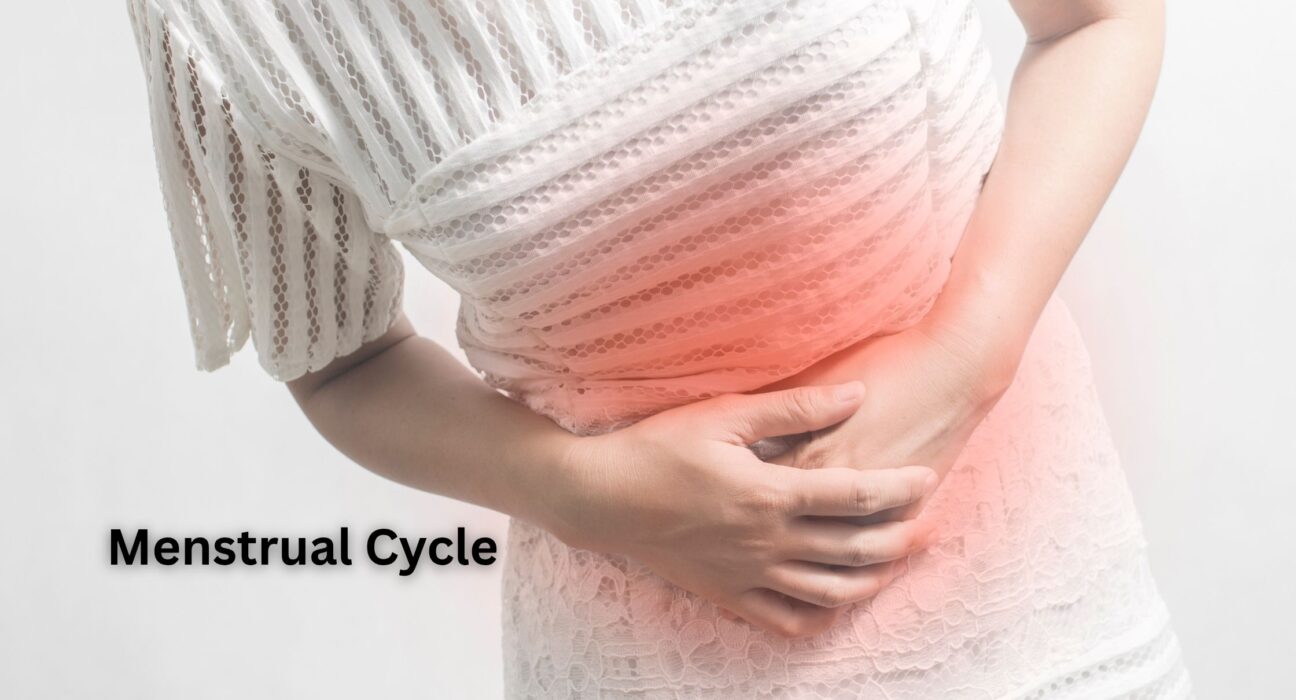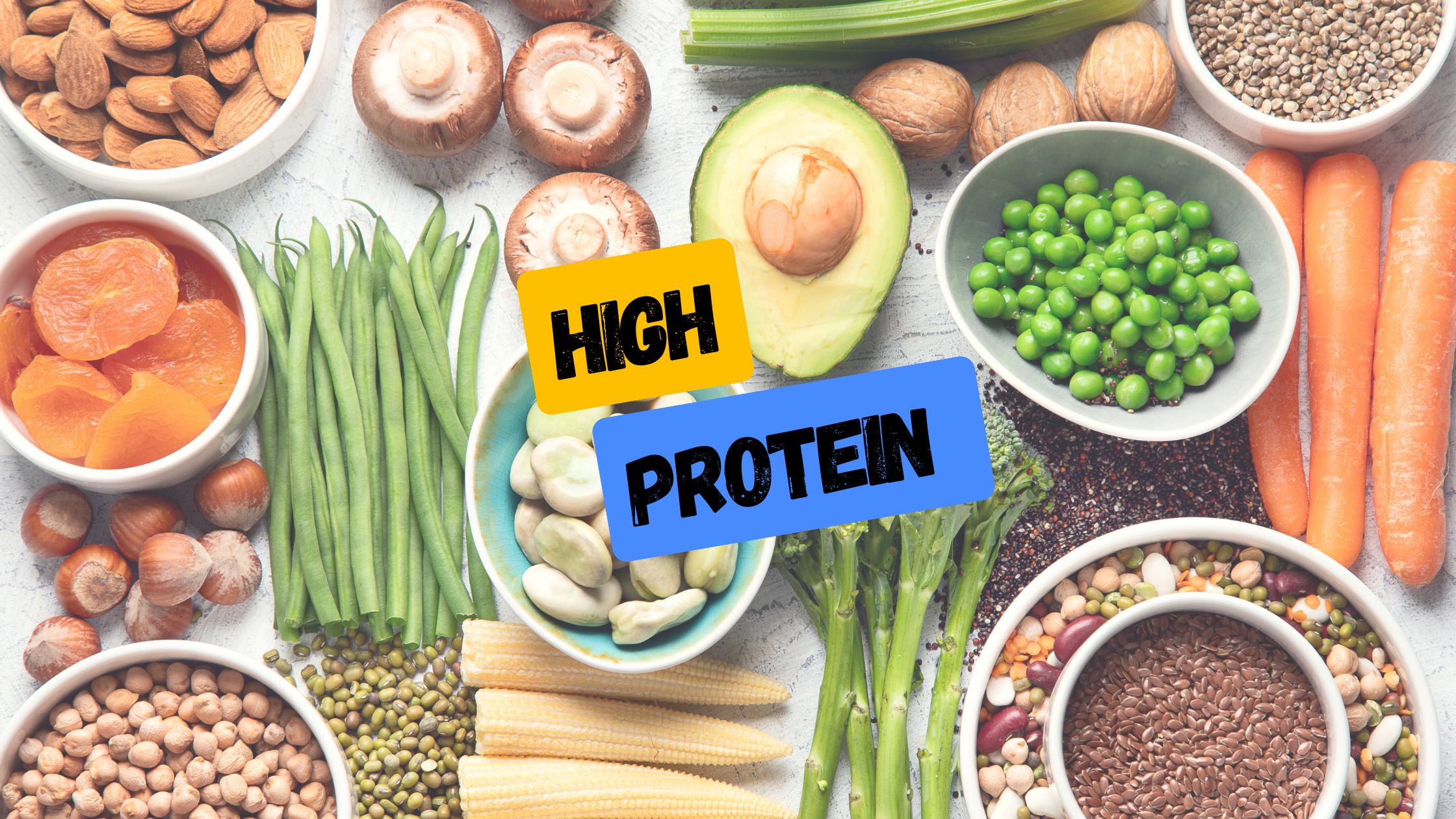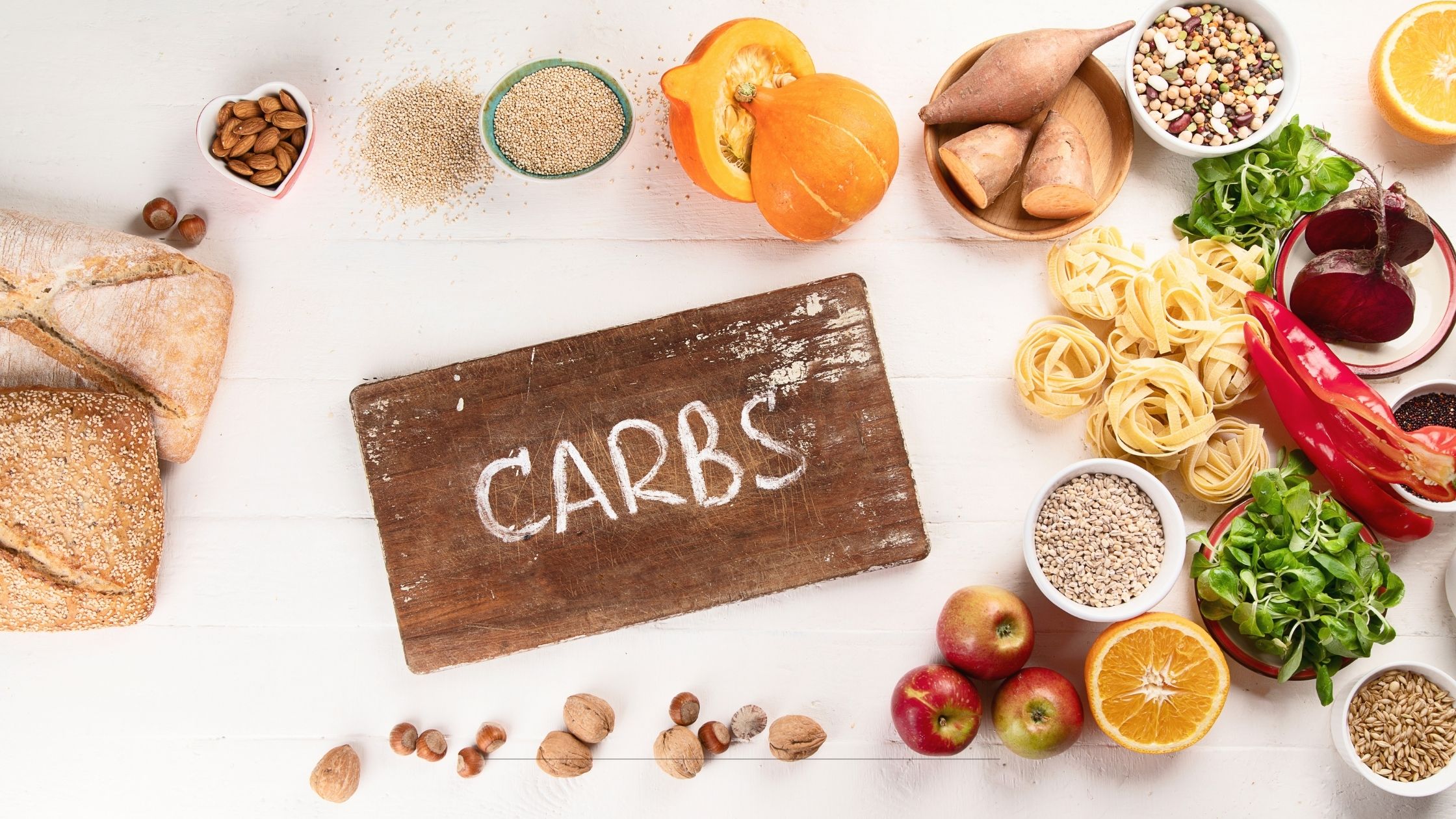The Four Phases of the Menstrual Cycle and How They Impact Your Health

The menstrual cycle is an essential biological rhythm for women that regulates not only reproductive health but also overall wellbeing. It impacts a woman’s ability to conceive and affects mood, energy levels, skin, digestion, sleep, and several other bodily functions.
The menstrual cycle is often misunderstood as just menstruation (bleeding), but in reality, it is a sophisticated multi-phased hormonal interplay that affects the body in different ways.
Understanding the cycle allows women to manage symptoms, boost fertility, maintain hormonal balance, and elevate their quality of life. Whether the goal is fertility tracking, reducing PMS symptoms, or optimizing hormonal health, mastering the four stages of the cycle empowers women to take control of their wellbeing.
What Is the Menstrual Cycle?
The menstrual cycle refers to a series of natural changes in hormone production and the structure of the uterus that makes pregnancy possible. It typically lasts between 21 to 35 days, with an average of 28 days, and is governed primarily by the hormones estrogen and progesterone.
The cycle is divided into four distinct phases:
-
Menstrual Phase (Day 1–5)
-
Follicular Phase (Day 1–13)
-
Ovulation Phase (Day 14)
-
Luteal Phase (Day 15–28)
Each phase involves hormonal fluctuations and impacts mental, emotional, and physical health.
Phase 1: Menstrual Phase
Duration: Day 1 to Day 5 (can range from 3 to 7 days)
What Happens
This phase begins on the first day of bleeding. The uterine lining, known as the endometrium, is shed through the vagina if no pregnancy has occurred.
Hormonal Changes
-
Decreased estrogen and progesterone levels
-
Hormonal drop triggers the shedding of the uterine lining
Symptoms
-
Fatigue
-
Cramps or lower back pain
-
Emotional sensitivity
-
Headaches
-
Breast tenderness
Health Impact
-
Hormone deficiency causes fatigue and emotional shifts
-
Iron levels may dip due to blood loss, lowering energy
Self-Care Tips
-
Prioritize restful sleep
-
Eat iron-rich foods (spinach, lentils, pumpkin seeds)
-
Use heating pads for cramps
-
Stay hydrated
-
Practice gentle yoga or light walks
Phase 2: Follicular Phase
Duration: Day 1 to Day 13 (overlaps with menstrual phase)
What Happens
This phase begins with menstruation and lasts until ovulation. The pituitary gland releases follicle-stimulating hormone (FSH), which helps ovaries develop follicles. One dominant follicle matures and prepares for ovulation.
Hormonal Changes
-
Rising estrogen levels
-
Moderate increase in progesterone
Symptoms
-
Increased energy and focus
-
Better mood and creativity
-
Improved productivity
Health Impact
-
Optimism and confidence are higher
-
Great time for creative work and physical activity
Self-Care Tips
-
Maintain a balanced diet
-
Plan important tasks for this productive window
-
Engage in cardio workouts or strength training
-
Practice mindfulness or goal setting
Phase 3: Ovulation Phase
Duration: Around Day 14
What Happens
The mature egg is released from the ovary and travels to the fallopian tube, where it can be fertilized. This is the most fertile window of the cycle.
Hormonal Changes
-
Surge in luteinizing hormone (LH)
-
Peak in estrogen
-
Progesterone levels begin to rise
Symptoms
-
Increased libido
-
Clear, stretchy cervical mucus (egg-white-like)
-
Slight rise in basal body temperature
-
Bloating or mild pelvic discomfort
-
Breast tenderness
Health Impact
-
Energy and social interaction peak
-
Immune function and self-confidence are enhanced
-
Some may experience ovulation pain or emotional shifts
Self-Care Tips
-
Plan social or romantic engagements
-
Stay hydrated and eat antioxidant-rich foods
-
Track temperature or cervical mucus for fertility
-
Minimize stress to maintain hormone balance
Phase 4: Luteal Phase
Duration: Day 15 to Day 28 (may last 10–14 days)
What Happens
After ovulation, the corpus luteum forms and secretes progesterone to maintain the uterine lining. If fertilization doesn’t occur, hormone levels fall, signaling the next cycle.
Hormonal Changes
-
Progesterone is at its peak
-
Estrogen gradually decreases
Symptoms
-
PMS: mood swings, bloating, irritability
-
Fatigue and disrupted sleep
-
Breast tenderness or phantom pain
-
Anxiety or mild depression in some women
Health Impact
-
Hormonal shifts may cause emotional vulnerability and digestive upset
-
Fatigue and irritability increase
Self-Care Tips
-
Limit sodium; consume magnesium-rich foods (nuts, dark chocolate)
-
Practice stress-reducing activities like journaling or meditation
-
Avoid caffeine and sugar
-
Keep sleep consistent
-
Stretch or go for short walks
Menstrual Cycle and Fertility
Tracking your menstrual cycle is crucial for fertility. The ovulation phase is the most fertile time, and understanding your body’s signs can help you either promote or prevent pregnancy.
Fertility Tracking Tips
-
Use predictive ovulation calendars
-
Observe cervical mucus changes
-
Chart basal body temperature (BBT)
-
Use ovulation test kits (LH strips)
-
Log symptoms in cycle tracking apps
Important Menstrual Symptoms to Monitor
While mild discomfort is common, persistent or extreme symptoms may indicate underlying issues.
| Symptom | Possible Cause |
|---|---|
| Severe cramps | Endometriosis or fibroids |
| Irregular periods | PCOS, thyroid issues, or stress |
| Heavy bleeding | Hormonal imbalance, fibroids |
| Missed periods | Pregnancy, low body weight, stress |
| Mood swings | Hormonal fluctuations |
Consult a gynecologist if symptoms interfere with daily life.
How to Monitor the Menstrual Cycle
Choose tracking methods based on your goals—whether it’s for fertility, symptom management, or hormonal balance.
Popular Tracking Methods
-
Menstrual tracking apps (Flo, Clue, My Calendar)
-
BBT charting
-
Ovulation predictor kits (LH tests)
-
Physical journals for symptom tracking
Effective tracking helps anticipate ovulation, understand PMS patterns, and support hormone health.
Nutrition & Exercise Tips for Each Cycle Phase
| Cycle Phase | Nutrition Focus | Ideal Exercise |
|---|---|---|
| Menstrual | Iron-rich foods, hydration | Gentle yoga, walking |
| Follicular | Lean proteins, complex carbs | Cardio, strength training |
| Ovulation | Antioxidants, anti-inflammatory foods | HIIT, group fitness |
| Luteal | Magnesium, healthy fats, fiber | Light strength training, stretching |
Aligning your diet and workouts with your hormonal cycle can boost energy, reduce PMS, and balance hormones.
Final Thoughts: Embrace Your Cycle
The phases of the menstrual cycle offer a window into your inner biology and overall well-being. By tuning in to your body’s cues, tracking your cycle, and adapting your lifestyle, you can reduce uncomfortable symptoms and feel more in sync with your natural rhythms.
Understanding the menstrual cycle isn’t just for fertility—it’s a key to optimizing health, boosting productivity, enhancing emotional resilience, and maintaining long-term wellness.








